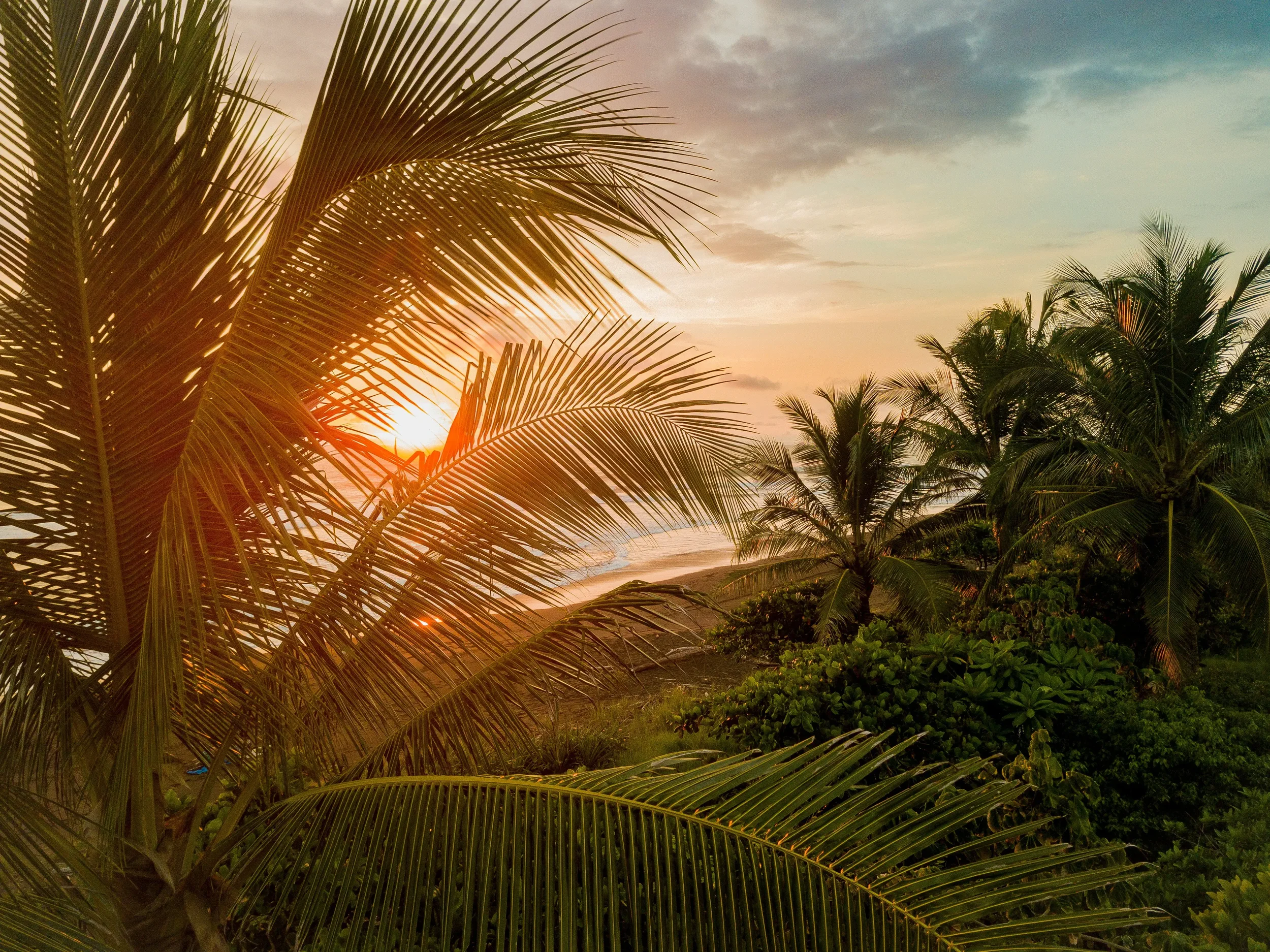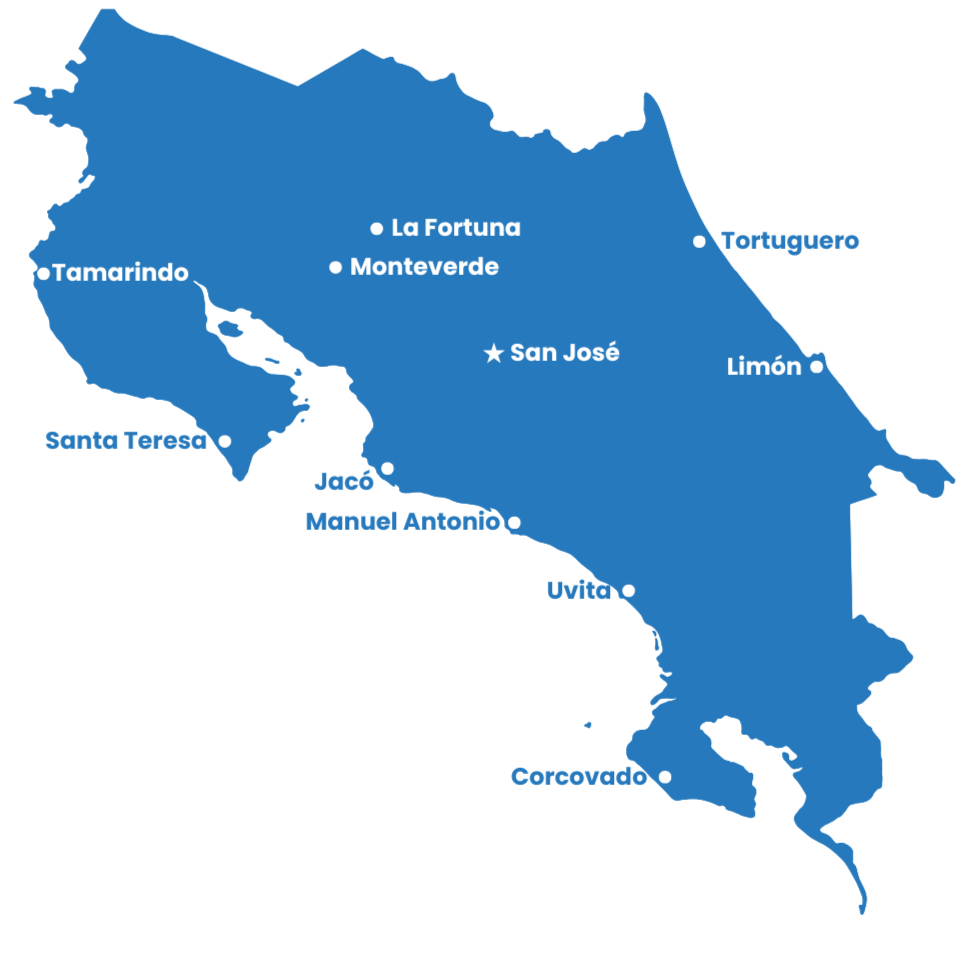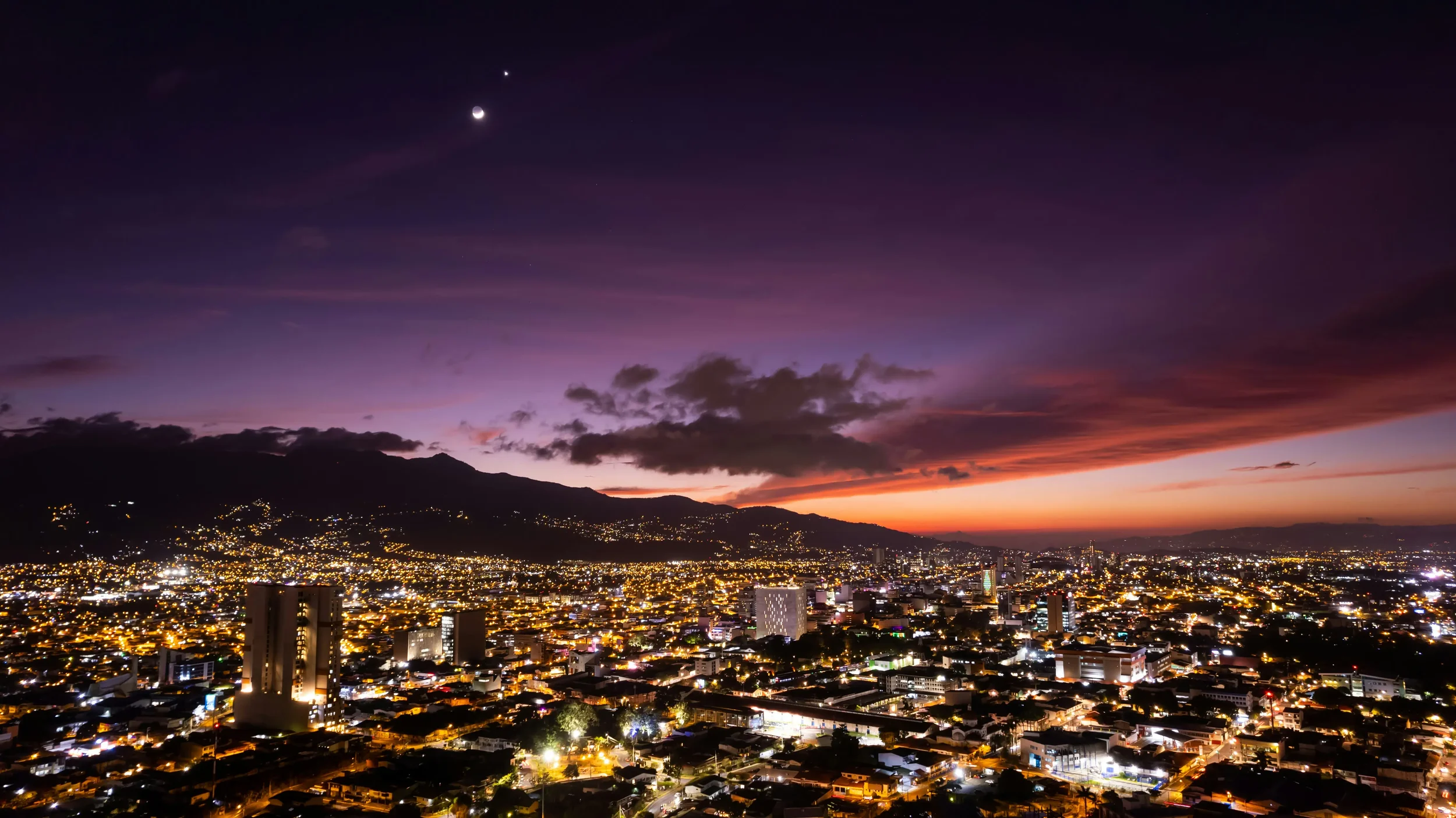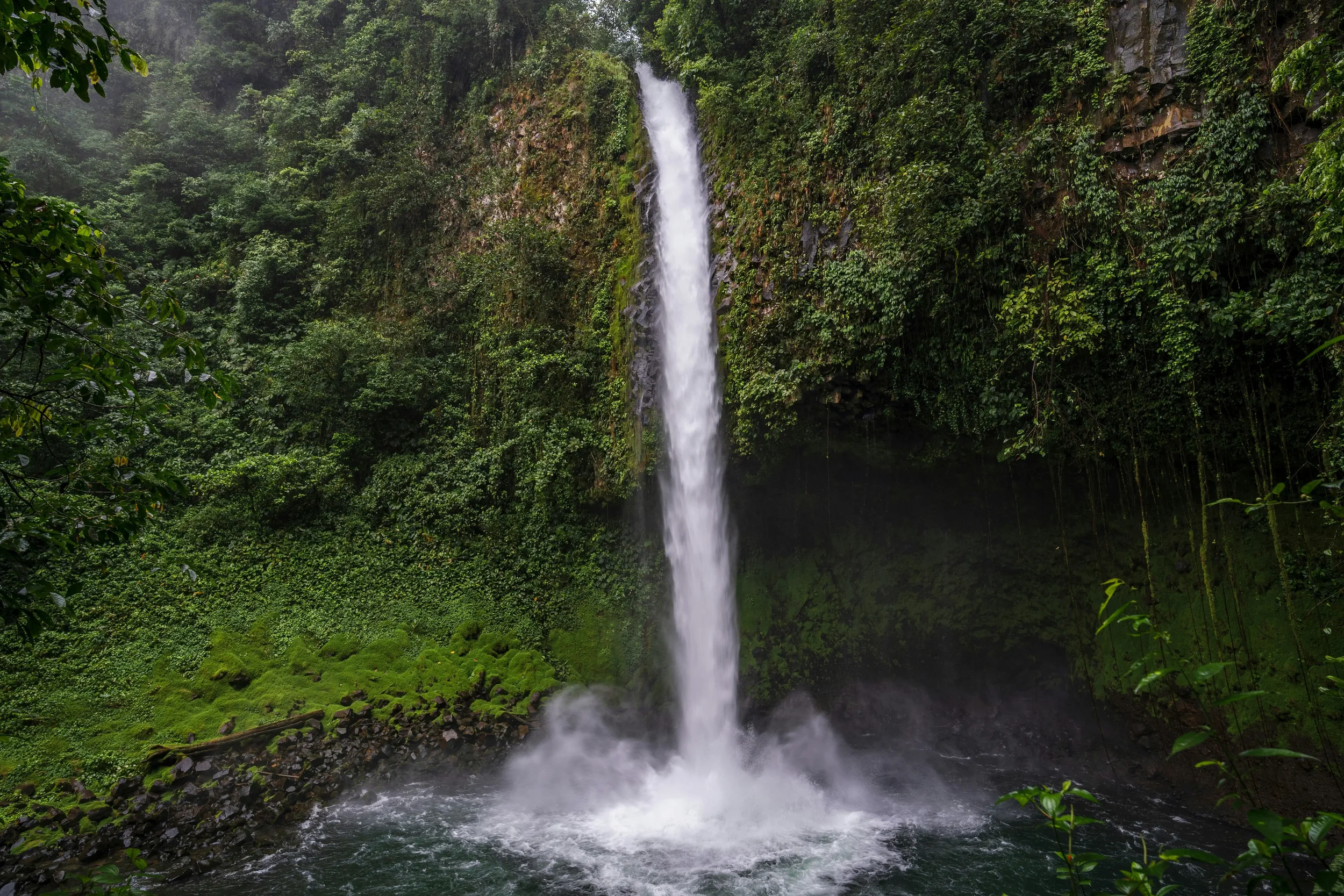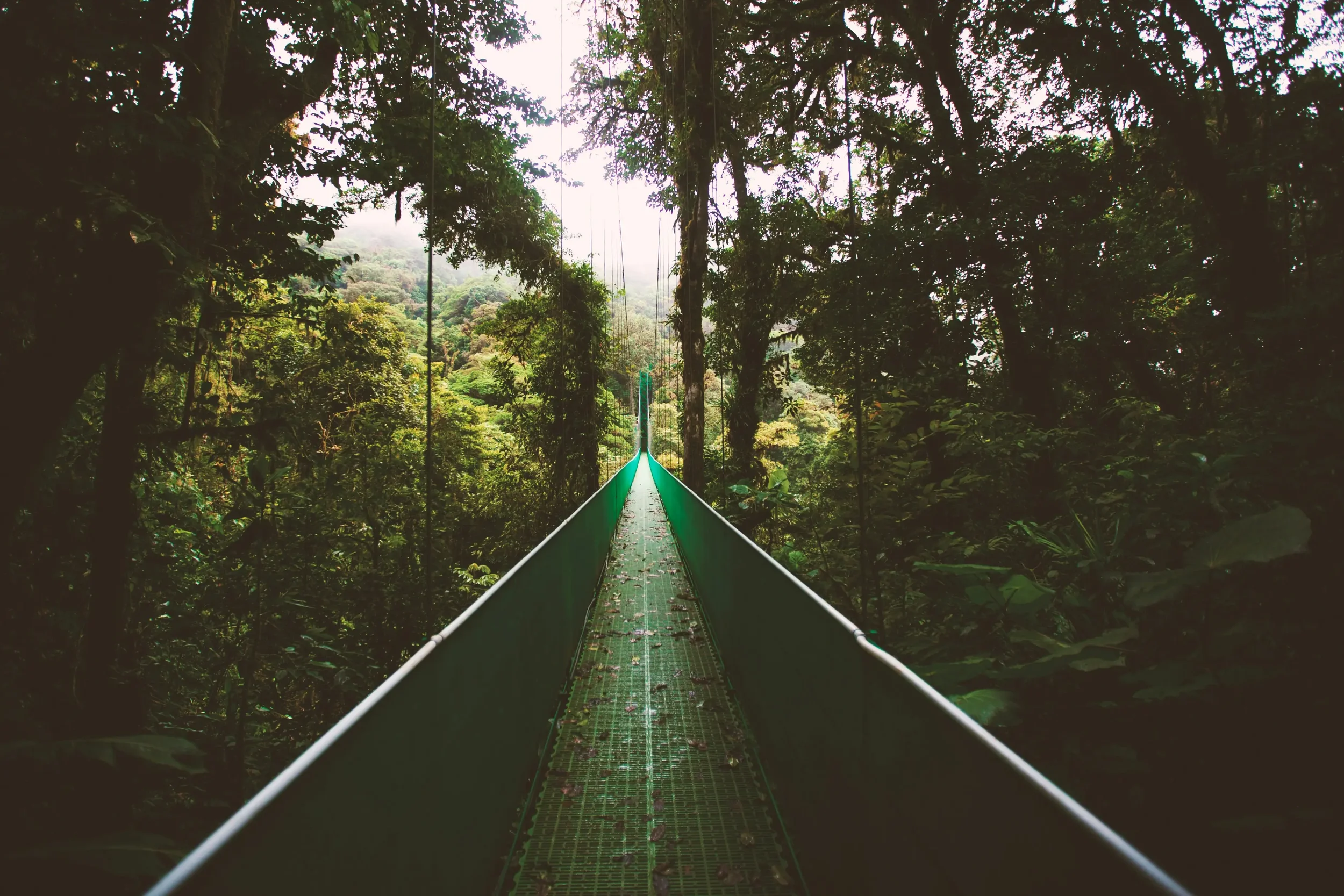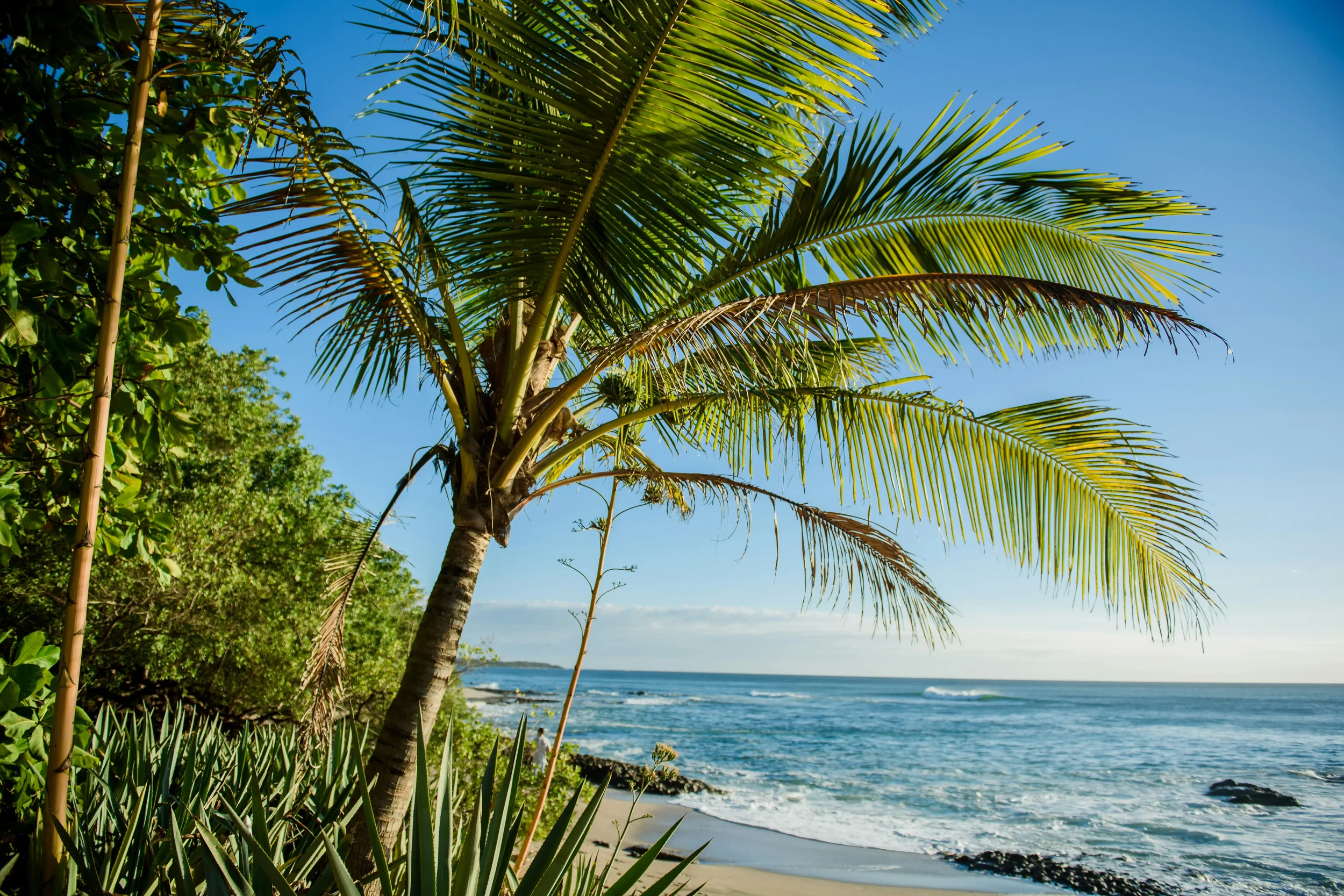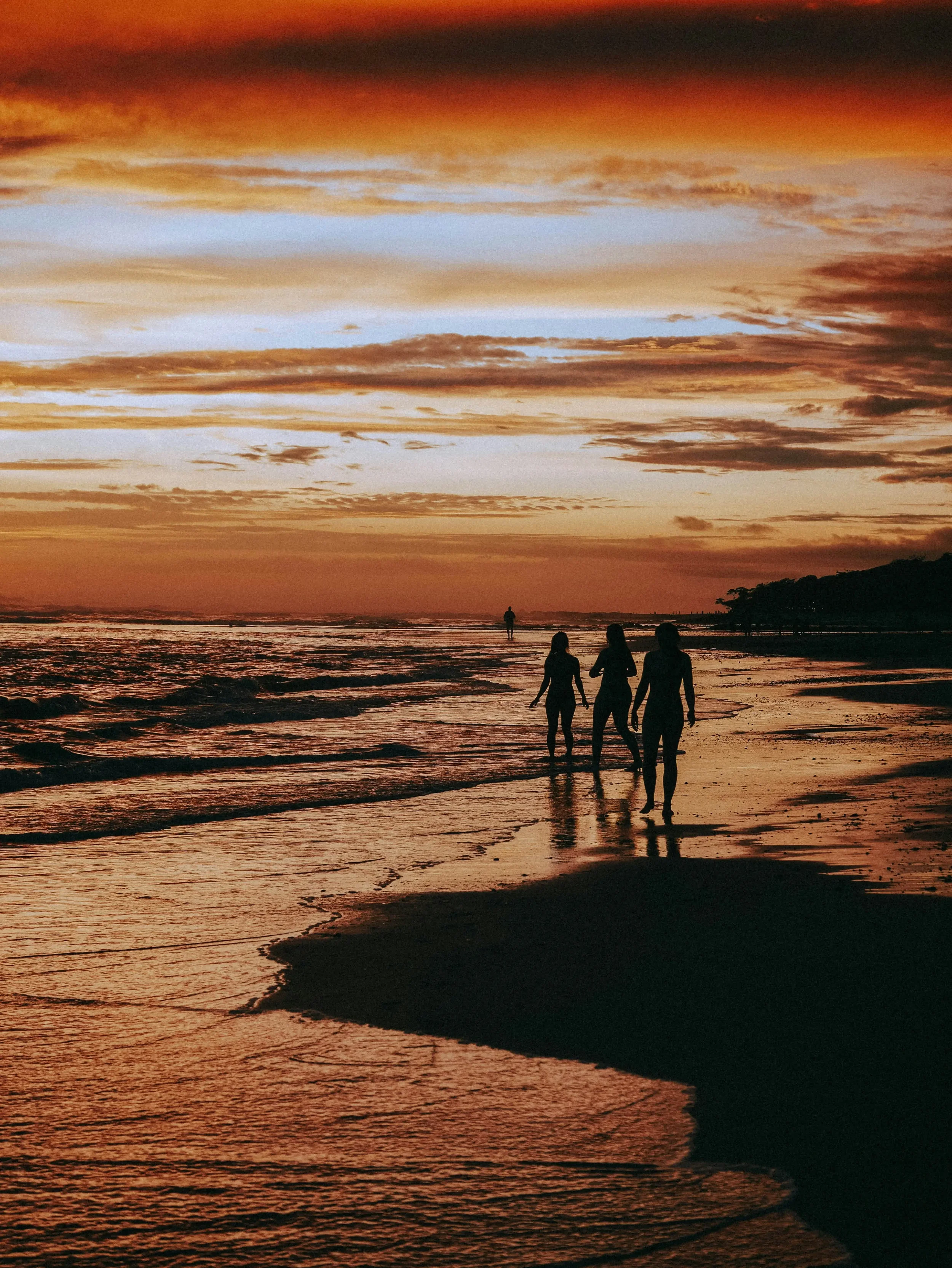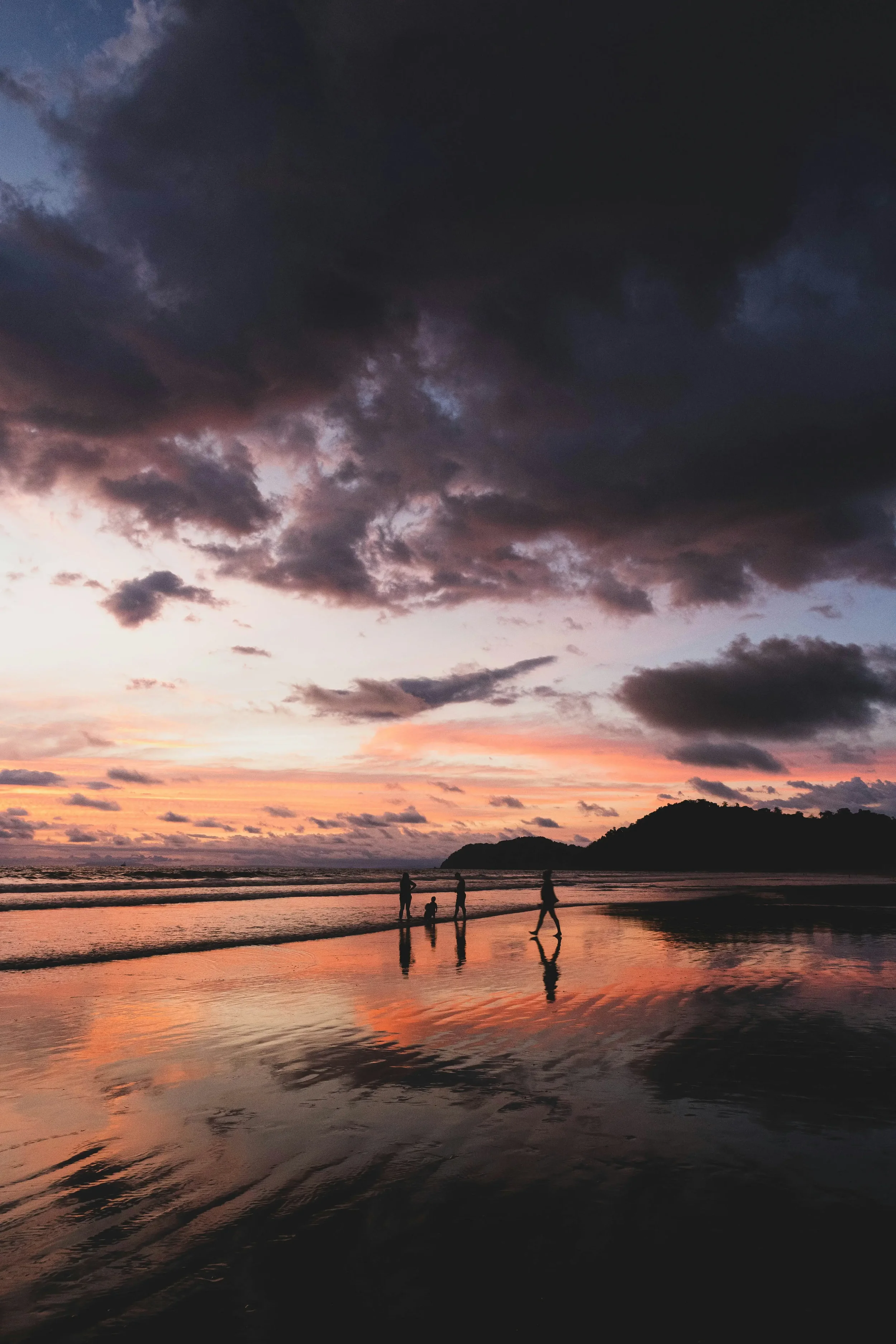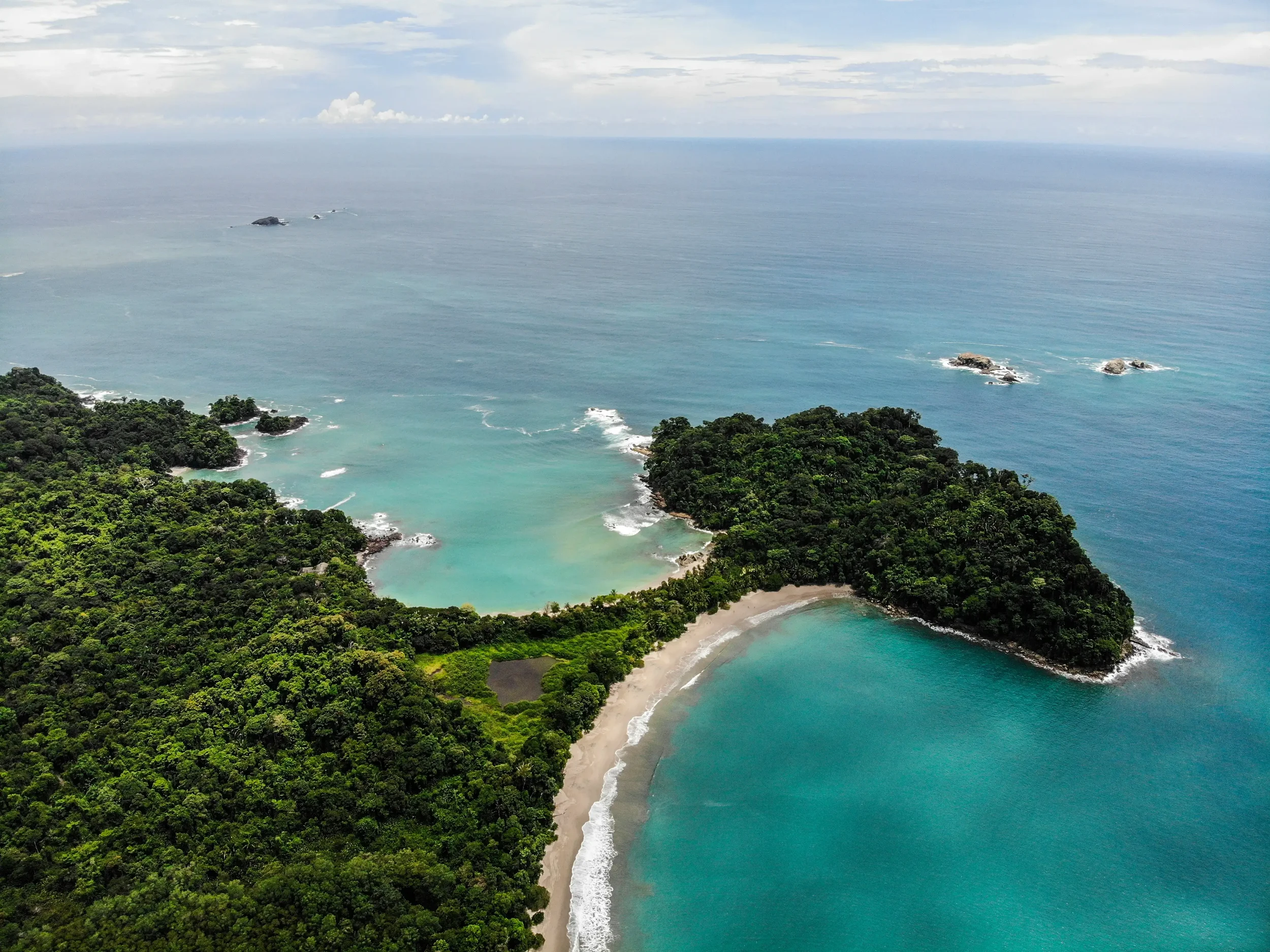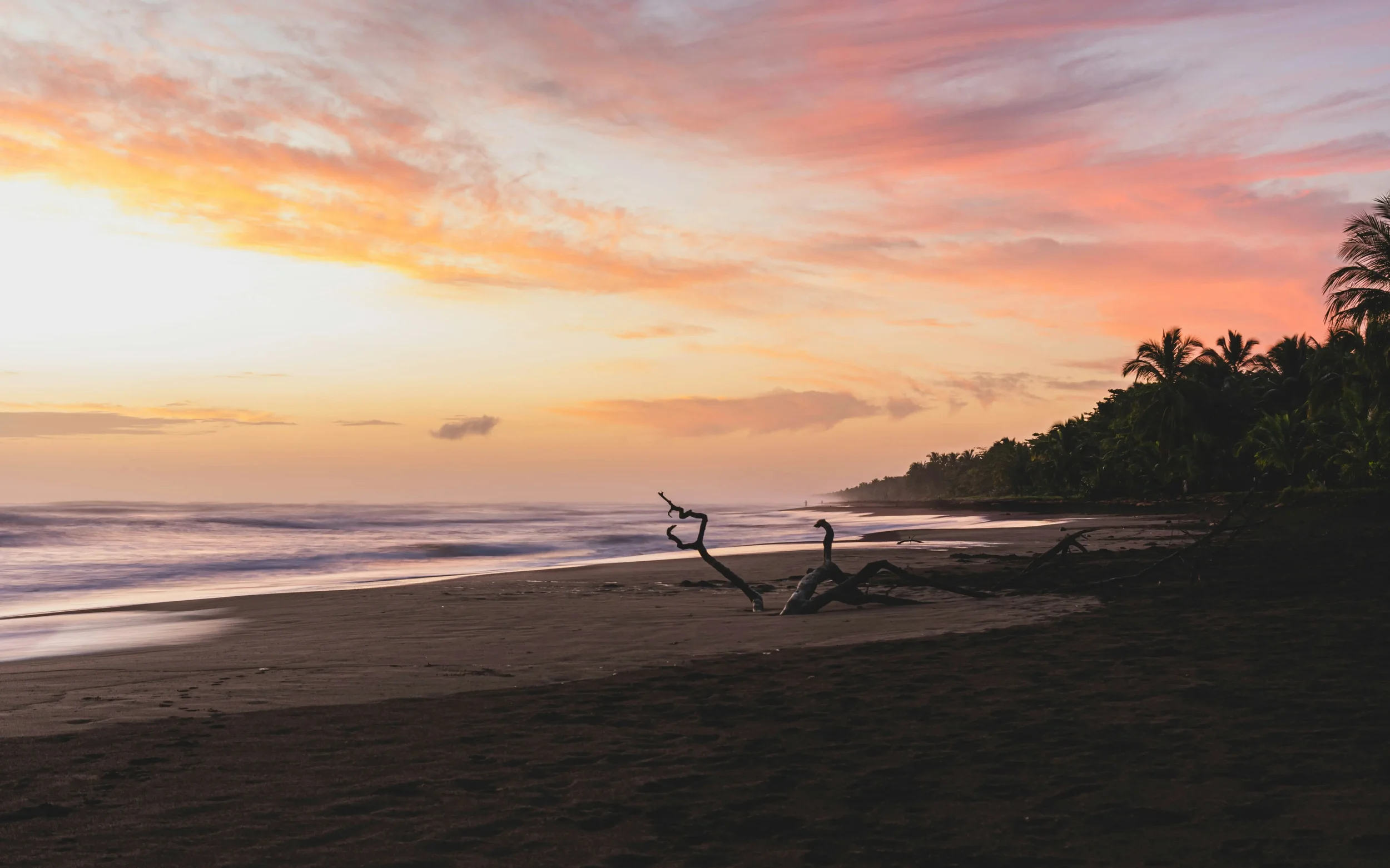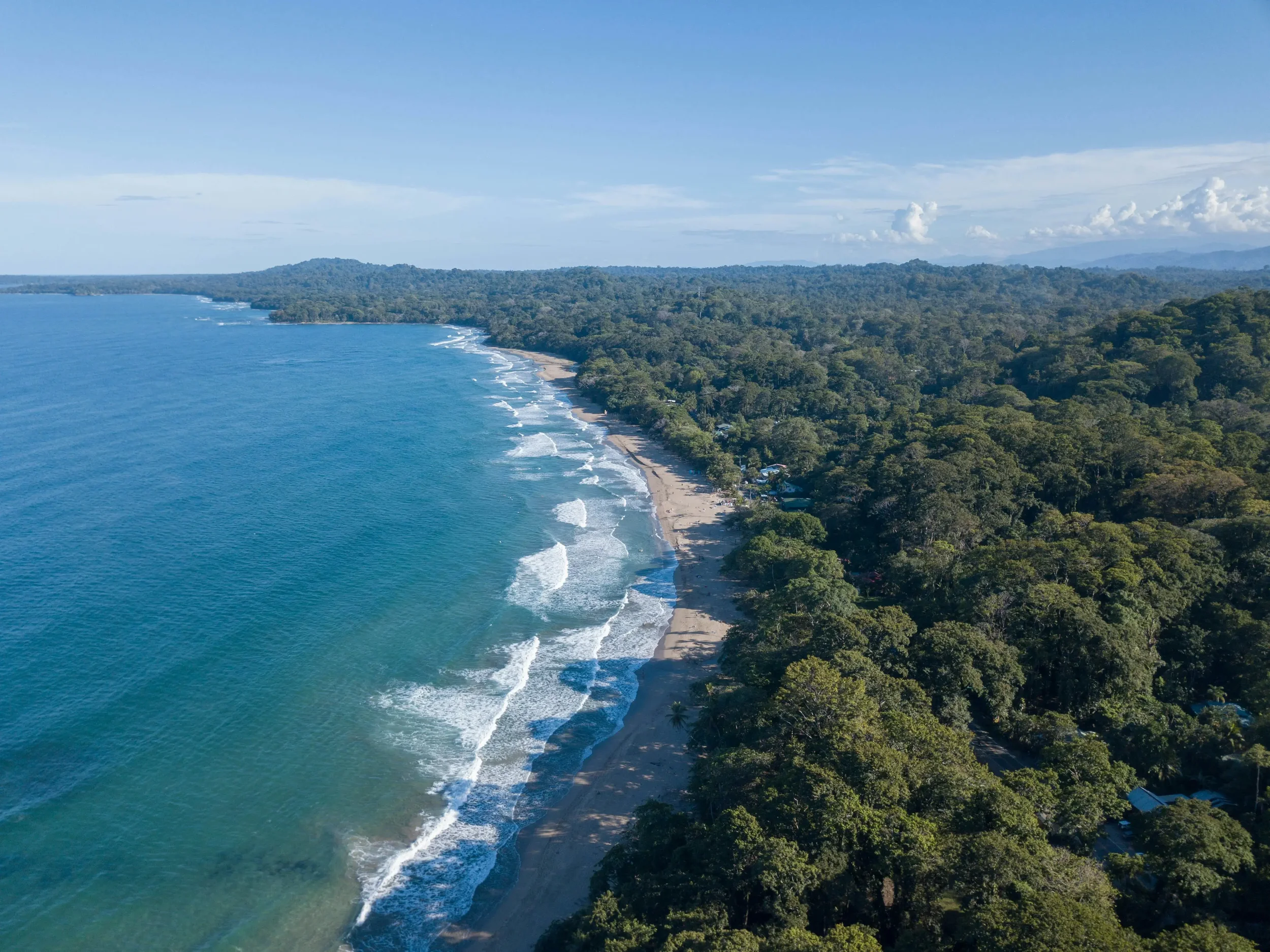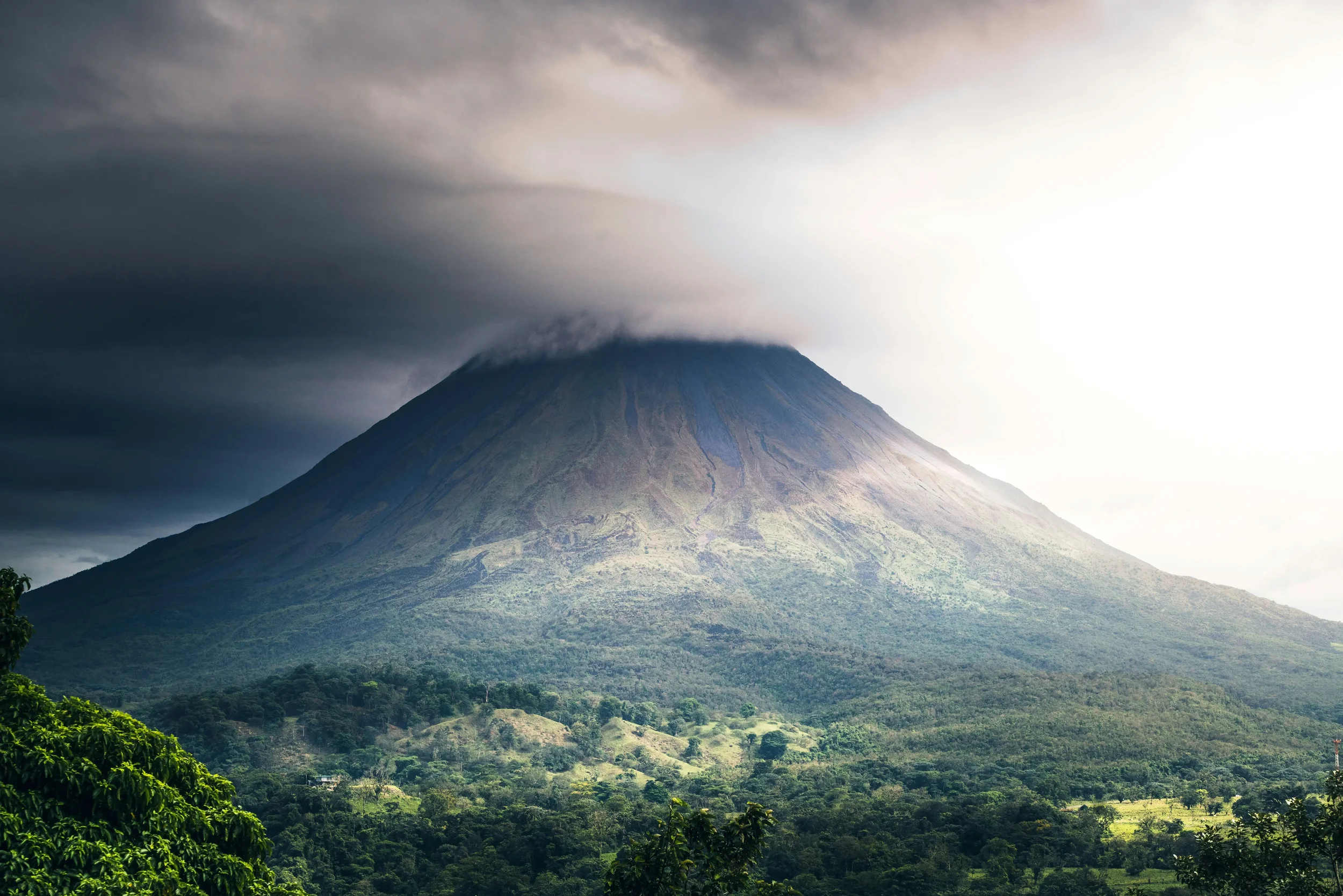COSTA RICA
-
Costa Rica, a jewel of Central America, is world-renowned for its unparalleled biodiversity, commitment to conservation, and thrilling eco-adventures. It's a country that lives by Pura Vida – a philosophy of simple, pure life that permeates every aspect of its culture. From misty cloud forests teeming with quetzals to active volcanoes, pristine Pacific and Caribbean beaches, and lush rainforests, Costa Rica is a nature lover's paradise.
Most travelers start in San José, though many quickly head to the country's natural wonders. Popular destinations include La Fortuna for Arenal Volcano and hot springs, Monteverde for its iconic cloud forests, Manuel Antonio for wildlife-rich beaches and national parks, and the Guanacaste region for its stunning Pacific coastline and surf breaks. Whether you're zip-lining through the canopy, spotting sloths, or simply relaxing by the ocean, Costa Rica makes it easy to fall in love with the wild, the warmth, and the way time just seems to slow down.
-
Costa Rica has a tropical climate with two main seasons: a dry season and a wet (or green) season. However, weather patterns can vary significantly between the Pacific and Caribbean coasts, and due to elevation.
Overall Best Time to Visit: The dry season (mid-December to April) is generally considered the best time for sunny weather and minimal rain across most of the country, making it ideal for beach holidays and outdoor activities. This is also peak tourist season, so expect higher prices and more crowds.
Regional Breakdown:
Central Valley (San José, Poás, Irazú Volcanoes):
Dry Season (December - April): Pleasant temperatures, generally sunny mornings with occasional afternoon showers.
Wet Season (May - November): Daily afternoon showers, though mornings are often sunny. Temperatures remain mild.
Pacific Coast (Guanacaste, Manuel Antonio, Dominical, Osa Peninsula):
Dry Season (mid-December - April): Hot, sunny, and very little rain. Ideal for beaches and outdoor activities. Temperatures often exceed 30°C (86°F).
Wet Season (May - mid-December): Hot and humid, with regular afternoon downpours. The rainforests are lush, and wildlife is abundant. This is also "green season," offering lower prices and fewer crowds.
Caribbean Coast (Tortuguero, Limón, Puerto Viejo):
More Unpredictable: This side of the country has a different rainfall pattern.
Driest Months: February-March, and September-October (when the Pacific is typically at its wettest). These are great times for visiting the Caribbean side.
Wettest Months: July and December.
Overall: Generally hot and humid year-round, with more consistent rainfall than the Pacific side.
Cloud Forests (Monteverde, Bajos del Toro):
Cooler and Wetter Year-Round: Due to their altitude, these areas are perpetually misty and receive more rainfall than other regions.
"Drier" Period (January - May): Still expect some mist and occasional showers, but less intense.
"Wetter" Period (June - December): Very misty and rainy, but also incredibly lush and vibrant.
Important Tip: Even in the dry season, afternoon showers can occur, especially in the rainforests and mountains. Always be prepared with rain gear and layers. Traveling in the "green season" can offer unique experiences (lush landscapes, fewer tourists, lower prices) despite the rain.
Health: Mosquito protection is key in many areas, especially near rainforests and lakes.
-
UK, EU & US passport holders:
Citizens from the UK, EU, and US generally do not need a visa for tourist stays up to 90 days. Upon arrival, you will receive a stamp in your passport indicating the permitted length of stay.
Important Notes:
Passport Validity: Your passport must be valid for at least six months beyond your intended date of entry into Costa Rica.
Proof of Onward Travel: You are generally required to show proof of onward travel (e.g., a flight ticket leaving Costa Rica) within the 90-day period. This is often checked by airlines before boarding and can be strictly enforced by immigration.
Proof of Funds: While less common, you might be asked to demonstrate sufficient funds to cover your stay (e.g., bank statements, credit cards).
Extension: Extending your tourist stay beyond 90 days is very difficult and generally not recommended. It's usually easier to leave the country (e.g., a "border run" to Nicaragua or Panama) and re-enter for a new stamp. However, this is at the discretion of immigration officials.
Overstay Fines: Overstaying your permitted time can result in fines and may impact your ability to re-enter Costa Rica in the future.
-
Currency: Costa Rican Colón (CRC)
Costa Rica is generally more expensive than other Central American countries. While credit/debit cards are widely accepted in tourist areas, cash is essential for smaller purchases in local sodas (restaurants), public buses, and in more rural areas. US dollars are widely accepted in many tourist areas and some activities are even priced in USD, but you'll often get a better deal paying in Colones.
Best way to access money:
Travel Cards: Using a fee-free travel card like Revolut, Wise or Monzo often provides the best exchange rates and helps avoid excessive ATM fees.
ATMs: Widely available in towns and cities. Banks like Banco Nacional and BCR (Banco de Costa Rica) are common. Be aware of withdrawal limits (often around $200-$400 USD equivalent per transaction) and fees from both the local bank and your home bank. It's usually best to withdraw larger amounts less frequently.
Exchange Houses (Casas de Cambio): Less common than ATMs, but available in some areas. Banks also exchange currency.
US Dollars: It's useful to have some USD cash for immediate expenses upon arrival or for tours priced in USD, but relying solely on USD can lead to poor exchange rates from vendors.
Typical daily backpacker budget: CRC 30,000–60,000/day ($60–$120 USD) – This higher budget reflects Costa Rica's relative expense. It can cover budget hostel dorms, local sodas (restaurants), public transport, and perhaps one or two low-cost activities. If you are planning to do several adventure tours, stay in private rooms, or want to dine in mid-range restaurants, allow for a significant increase in budget.
Tips:
Sodas: Eat at sodas for affordable, traditional Costa Rican food. A casado (a typical meal of rice, beans, meat/fish, salad, and plantains) is great value.
Public Buses: Extensive and affordable, especially for inter-city travel. They can be slow, but are much cheaper than shared shuttles or taxis.
DIY vs. Tours: Many activities (such as national park visits) can be done independently, saving on tour costs. However, for specialized activities like white-water rafting or guided wildlife tours, a reputable tour operator is recommended.
Book Accommodations in Advance: Especially during peak season, popular hostels and hotels can fill up quickly.
Negotiate (sometimes): Prices are generally fixed, but for souvenirs in markets, polite bargaining might be possible. For taxis outside of ride-sharing apps, agree on a price beforehand.
Conservation Fees: Be aware that national parks and reserves often have entrance fees, which are an important source of funding for conservation efforts.
Main Destinations

